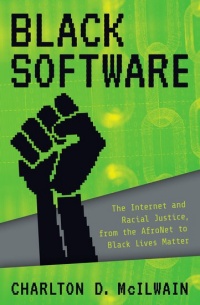Report: Wide disparities in how states/localities fund public schools. Here’s a state-by-state comparison.
The report said:
- Public school funding has still not recovered from the sharp and deep cuts enacted during the Great Recession more than a decade ago; nearly half of all states have yet to return to pre-2008 inflation-adjusted funding levels.
- Widespread teacher protests and strikes have elevated the issue of school funding as a policy and budget priority in numerous states.
- Frustration with elected officials’ refusal to revamp funding formulas and increase state investment in their public school systems has triggered lawsuits in at least 10 states challenging chronic underfunding, glaring resource deficits and low student outcomes.
The report evaluates education funding through three lenses:
- Funding level — the cost-adjusted, per‐pupil revenue from state and local sources.
- Funding distribution — the extent to which additional funding is distributed to school districts with high levels of student poverty.
- Funding effort — the level of investment in K-12 public education as a percentage of state wealth (GDP) allocated to maintain and support the state school system.
This isn’t a new phenomenon, of course; there have been a number of reports in years past, such as this CONTINUE READING: How fair is school funding in your state? - The Washington Post














